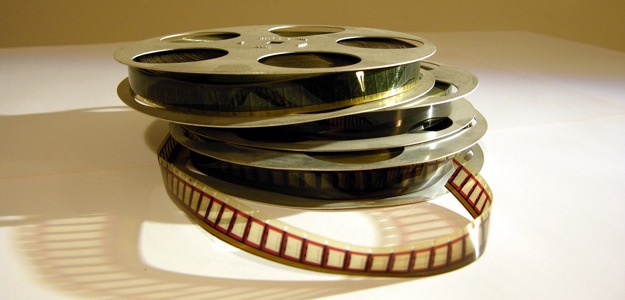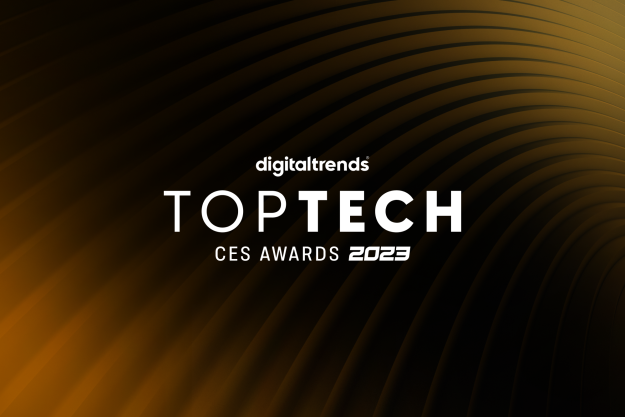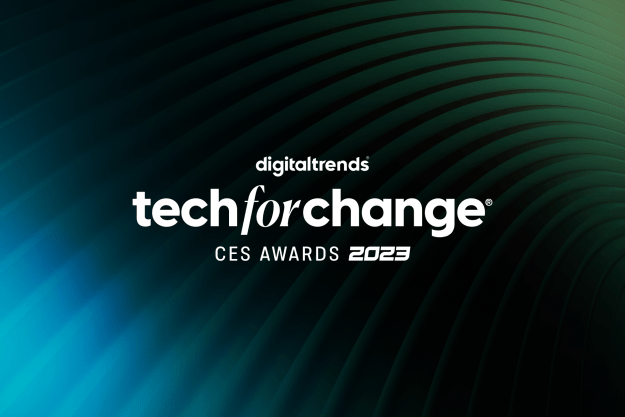 By the end of 2013, film distribution may be no more.
By the end of 2013, film distribution may be no more.
At least, that’s one prediction about the future of cinema from CinemaCon, the trade show for the National Association of Theatre Owners and the American movie industry that’s happening in Las Vegas this week. Specifically, the prediction is that the physical distribution of new movies in traditional cans of celluloid reels format will be a thing of the past by the end of the year.
This news is unlikely to come as a surprise to industry watchers; as far back at 2011, John Fithian, the head of the National Association was telling his members that physical celluloid distribution was racing towards extinction. “No one should rely on the distribution of film prints much longer,” he explained at that year’s Showest (CinemaCon’s previous incarnation), pointing to Fox’s announcing that it would end celluloid distribution in favor of digital by the end of 2013.
Certainly, theater owners around the world seemed to take his advice seriously. Transition to digital projection had taken place on 90,000 screens internationally by the end of last year, according to Michael Karagosian, president of MKPE Consulting. That’s 75 percent of the world’s cinema screens, and the U.S. is leading the way; Karagosian estimates that around 85 percent of U.S. theaters have made the switch already.
Those theaters may have made the switch as a preemptive protection against the dying celluloid industry. As Karagosian told the Hollywood Reporter, “Fujifilm delivered its last film print stock at the end of last month,” which leaves Kodak as the sole remaining provider of film stock. Unfortunately, Kodak isn’t in the greatest of shape. “As it emerges from bankruptcy protection, [the company] will be operating at 10-15 percent of its former total capacity,” Karagosian said. “We don’t yet know what this means in terms of film stock production.”
When Kodak entered bankruptcy in 2011, the company’s general manager for image capture and distribution and film manufacturing, Wayne Martin, said the company was “continuing to manufacture and sell film products that cover origination as well as distribution. Motion pictures are part of our plan going forward.” He added that, although the company recognized that the industry was changing, “the film business is a key part of the plan for emerging from chapter 11,” and Kodak intended to keep film production “viable and provide choice.”
Film will doubtlessly never die entirely; there are too many filmmakers who will want to continue to use it for that to happen. But for the mainstream of the movie industry, the future will be almost entirely digital. But the main question remains unanswered: Will the audience even notice?
At least our grandkids will never understand what it meant when the “film burned” during a movie screening.


